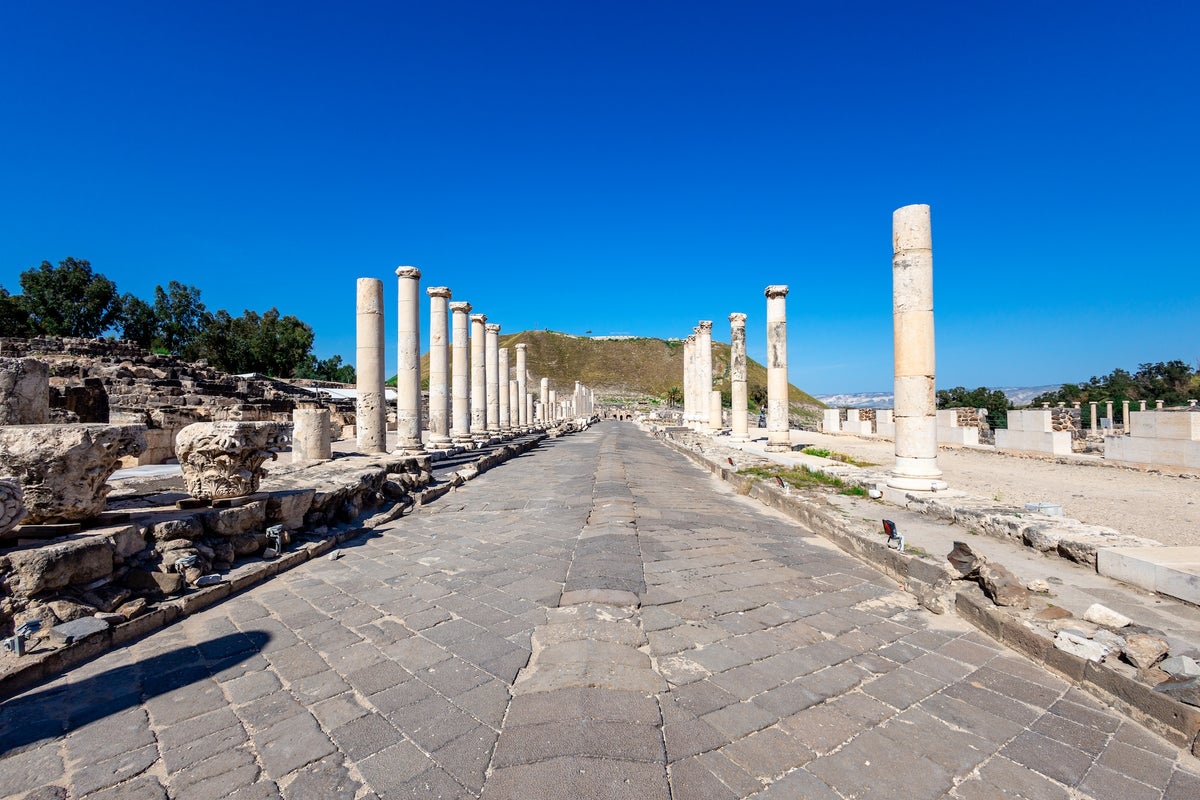A New Map Just Added 60,000 Miles to Ancient Rome’s Roadways
New findings increase the known length of the Roman Empire’s road network by more than 60,000 miles
The central street of the ancient Roman city of Scythopolis in what is today Israel.
Join Our Community of Science Lovers!
The new map—an online database dubbed Itiner-e—was compiled from several sources, including earlier databases, satellite photographs and archaeological reports. It reveals the true extent of the crucial road network as it was in the year C.E. 150—a time of prosperity in the Roman Empire—including highways between settlements, military roads for Roman soldiers and local routes that were overlooked in earlier research. The map will help scientists better understand issues such as mobility, trade and the spread of diseases, the study’s authors say.
The map of the Ancient Roman road network created by Itiner-e.
If you’re enjoying this article, consider supporting our award-winning journalism by subscribing. By purchasing a subscription you are helping to ensure the future of impactful stories about the discoveries and ideas shaping our world today.
The fragment of an Ancient Roman milestone erected along the road Via Nova in modern-day Jordan.
If you enjoyed this article, I’d like to ask for your support. Scientific American has served as an advocate for science and industry for 180 years, and right now may be the most critical moment in that two-century history.
I’ve been a Scientific American subscriber since I was 12 years old, and it helped shape the way I look at the world. SciAm always educates and delights me, and inspires a sense of awe for our vast, beautiful universe. I hope it does that for you, too.
If you , you help ensure that our coverage is centered on meaningful research and discovery; that we have the resources to report on the decisions that threaten labs across the U.S.; and that we support both budding and working scientists at a time when the value of science itself too often goes unrecognized.
In return, you get essential news, captivating podcasts, brilliant infographics, , must-watch videos, challenging games, and the science world’s best writing and reporting. You can even gift someone a subscription.
There has never been a more important time for us to stand up and show why science matters. I hope you’ll support us in that mission.
Thank you,
David M. Ewalt, Editor in Chief, Scientific American
Source: www.scientificamerican.com
